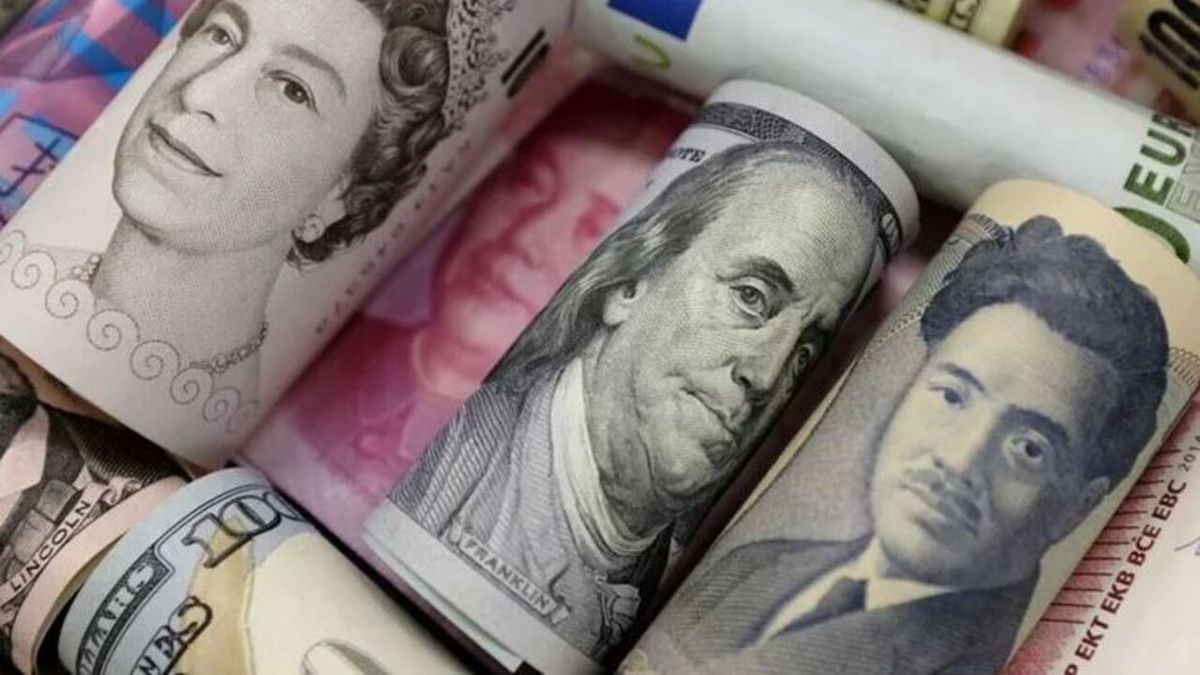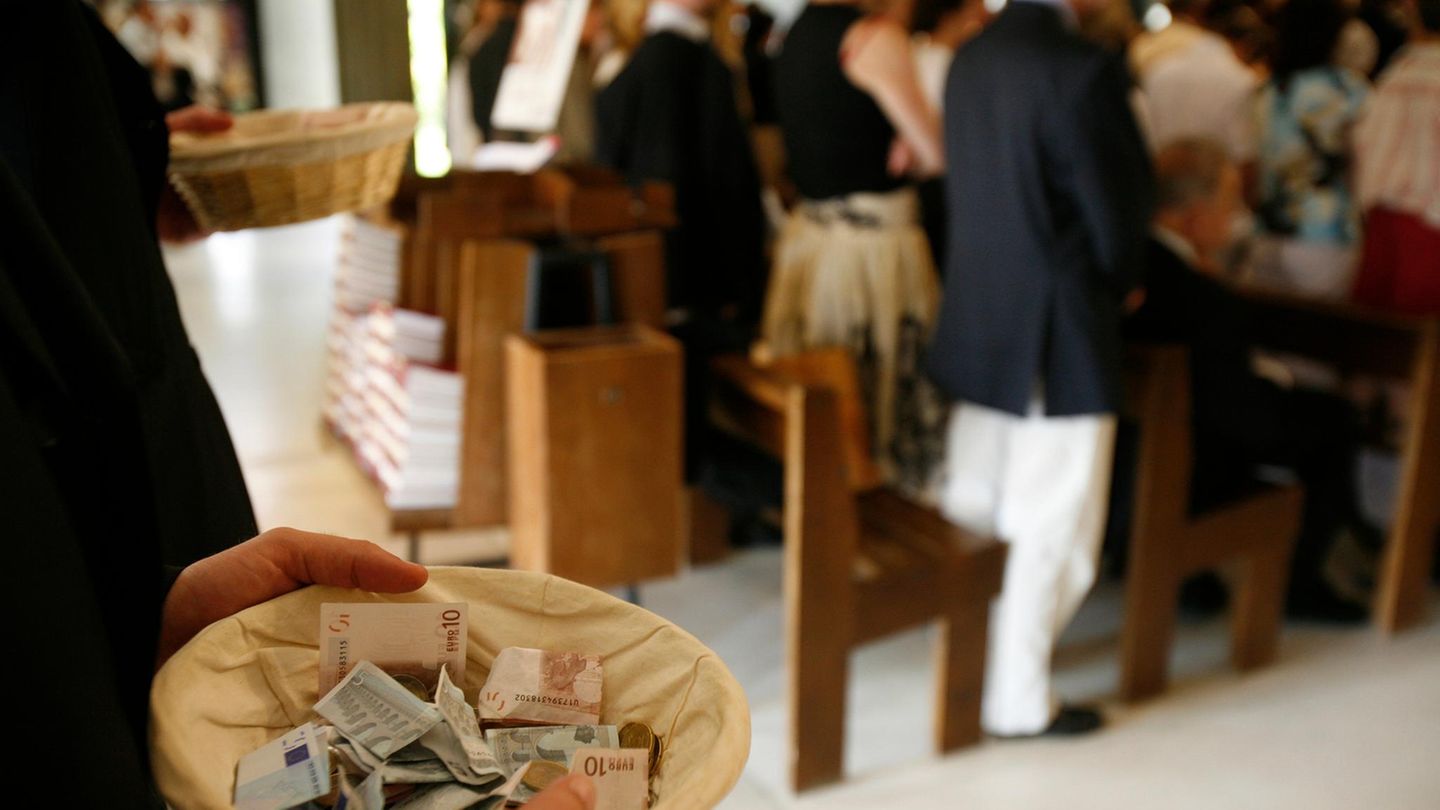The global economic outlook is becoming increasingly complex and volatilereflected especially in the recent trajectory of the euro, which falls to its lowest level in more than three weeks against the dollar. This decline is influenced by the intensification of speculation among financial operators, who bet that the European Central Bank (ECB) will begin to reduce the interest rates starting March 2024.
The euro experienced a decrease of 0.7%, settling at $1.0757, thus marking its lowest point since mid-November. This week, the single currency suffers a depreciation of 1%heading for its biggest weekly drop since May.
Traders are betting with an 85% probability that the ECB cut interest rates during its meeting in March, projecting a cut of around 150 basis points by the end of next year. François Villeroy de Galhau, member of the ECB and governor of the Bank of France, raises the possibility of a decrease in rates by 2024, mentioning that “disinflation is occurring at a faster pace than anticipated.”
Attention now turns to the next ECB meeting, although it is expected to keep rates at the current all-time high of 4% (in the case of the type of deposits). However, the emphasis is on ECB leaders’ statements on the outlook for rates.
Economists’ projections indicate a possible rate cut in the second quarter of next year, sooner than previously expected. This change sparks a debate about the exact timing of the first cut.
Dollar: the data analyzed by the market
Meanwhile, the dollar shows signs of recovery this month, after a 3% decline in November, as traders increase their expectations of rate cuts from other central banks. The dollar index, which compares the US currency to six major currenciesrises this week, posting its best weekly performance since July.
Uncertainty about the labor market in the United States is evident, especially after private payrolls increased less than expected in November, suggesting a gradual cooling of the labor market. Investors eagerly await payroll data non-agricultural to get a clearer picture of the situation.
In this context, the comments of US Federal Reserve officials and the series of downward economic data fuel expectations that the Fed is approaching the end of its rate hike cycle and could begin to reduce them from of March. Markets reflect approximately 60% chance of a rate cut on that datewith projections of cuts of 125 basis points next year.
However, some analysts warn about the aggressiveness of market expectations, suggesting the possibility of a correction that strengthens the dollar.
At the international level, The Canadian dollar falls after the Bank of Canada’s decision to maintain its interest rate and leave open the possibility of a future increase, while the Japanese yen strengthens on expectations that the Bank of Japan could abandon its negative interest rate policy soon.
Bank of Japan Governor Kazuo Ueda mentions that the central bank has several options regarding interest rates once it removes short-term borrowing costs from negative territory. These global movements and expectations generate a financial environment marked by uncertainty and anticipation of decisions from the main central banks in the coming months.
Source: Ambito
I am a 24-year-old writer and journalist who has been working in the news industry for the past two years. I write primarily about market news, so if you’re looking for insights into what’s going on in the stock market or economic indicators, you’ve come to the right place. I also dabble in writing articles on lifestyle trends and pop culture news.




